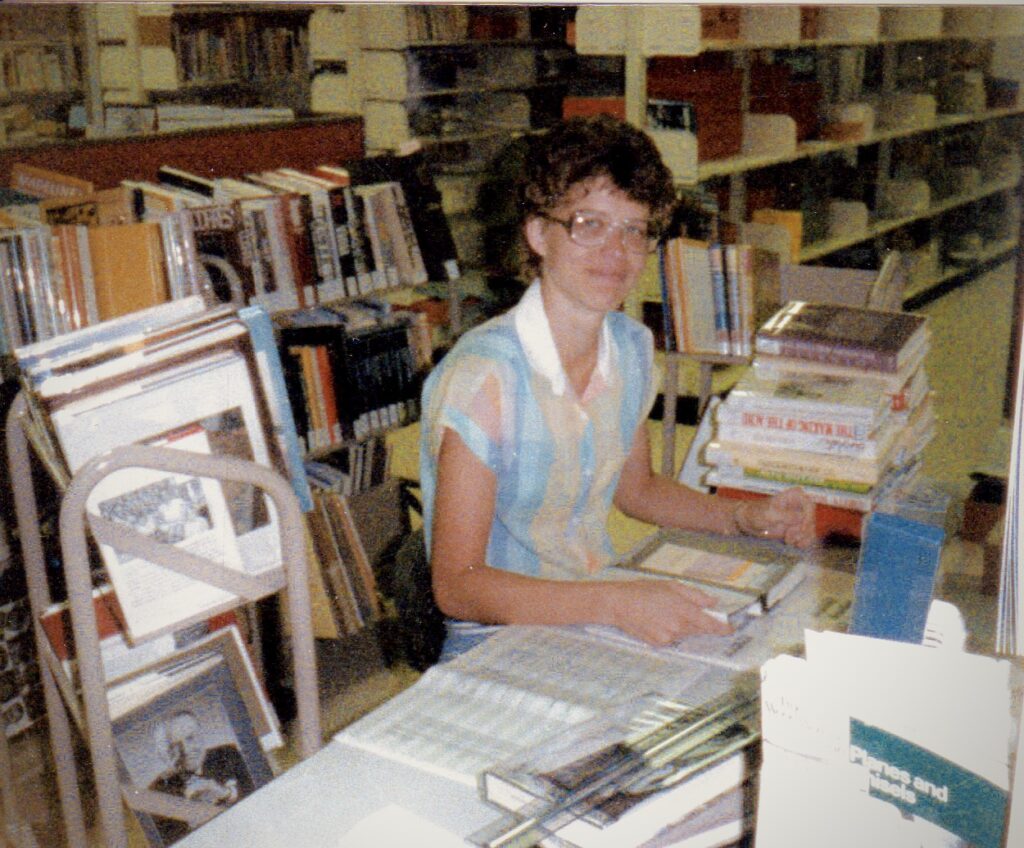
Marlene working hard by hand preparing books for our collection.
For over four decades, Marlene Moormann has been a cornerstone of the Manhattan Public Library, her dedication and quiet influence shaping the institution in profound ways. As she embarks on a well-deserved retirement, the library and the community reflect on her remarkable 43-year journey. Marlene’s story is one of connection and commitment. A talented wood carver and guitar player with a love for bluegrass and old country music, Marlene also has deep ties to Manhattan. While the town was once a distant treat for her family, it became her cherished home.
“I always liked Manhattan. It was a fun town to visit. Our family didn’t get to come to Manhattan very often, so it was a big deal,” Marlene recalls. When the opportunity arose to work at the library, she eagerly embraced it, drawn to its vibrant atmosphere and the promise of meaningful work.
Her career began in cataloging, a role that might seem behind the scenes but is essential to the library’s very essence. Marlene’s work ensured that countless patrons could discover the books and resources they sought. Over the years, she witnessed and contributed to the library’s growth and evolution, both in its services and its physical space. In 1998, she was present at the dedication ceremony of the east building as it joined the existing west building, with the addition of the three-story atrium featuring the Aesop’s Fables Trellis sculpture by Kent Bloomer. The library grew again in 2014 with the children’s department expansion. Most impressively, Marlene contributed to the library’s evolution from the physical card catalog system to the digital age.
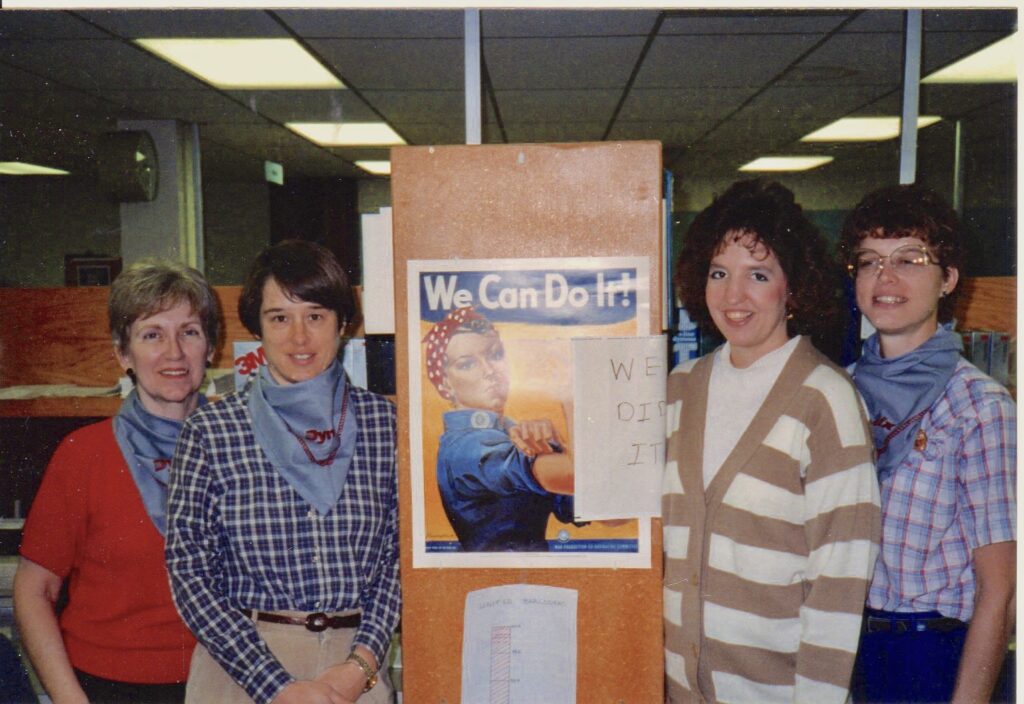
Marlene and others celebrate the move from the physical catalog to the digital age with an addition to the famous art work, adding “We Did It!”
When asked about her fondest memories, Marlene doesn’t hesitate: it’s the people. “But I would say it has to be working with the staff,” she says. “It feels like such a family doing things together and helping each other.” This sense of camaraderie was particularly evident during monumental projects like the bar code initiative, a years-long endeavor that paved the way for the online catalog. “Probably the biggest project I was involved in and felt like so much was accomplished was the bar code project,” Marlene recalls.
“When we moved from the physical card catalog to the online catalog (Dynix), all the books had to have new bar codes put on them. We worked as teams to accomplish this and had fun while doing it. It was a massive project that went on for quite some time.”
Marlene’s journey mirrors the library’s own transformation. She recalls the days when catalog cards were meticulously filed by hand, a stark contrast to the efficiency of today’s technology. “When I first started, there was the card catalog and 2 of us staff members would have to go downstairs each day and file the catalog cards,” she explains. “One would file, the other checked the work the 1st one filed.” Through it all, Marlene’s dedication to service has been unwavering. She has always found joy in helping patrons, particularly the older members of the community. “I have always enjoyed helping the older patrons in any way I can,” she says. “They are so appreciative of all the help they can get, and it makes you feel good.” When asked about her favorite book, Marlene reveals a love for historical fiction, mentioning Terry C. Johnston and the “Titus Bass” series, as well as the “Little House on the Prairie” series, reflecting a deep appreciation for storytelling and connection to the past.
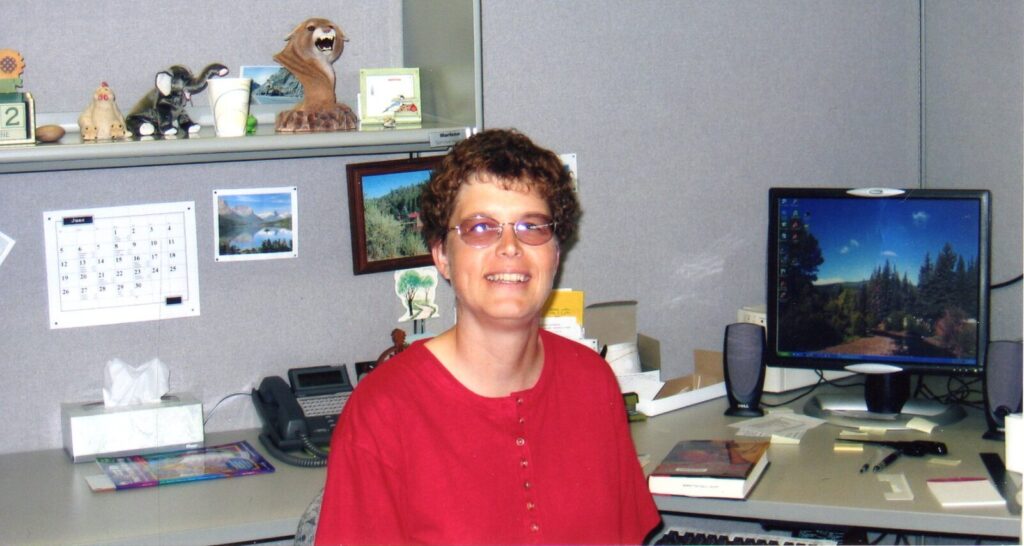
Marlene in 2005 at her newly upgraded workstation.
Marlene’s career is a testament to the library’s vital role in the community. “I think the library is a very important part of the community for everyone that wants to use it in so many ways,” she says. Her contribution, though often behind the scenes, was fundamental: “My career here was spent cataloging items and being able to put things in the card catalog (online later) that patrons could find and enjoy.
If it didn’t get off to a good start with cataloging, it may never have been found and useful for the patrons.” As she looks back on her career, Marlene expresses pride in her commitment to providing timely access to information. “Being able to get books downstairs to the patrons as soon as possible,” she says, “We all know how hard it is to wait for something we want to read when we see or hear about it.” Retirement will bring new adventures, including bluegrass festivals, guitar jams, visits to family, and explorations of the mountains. “I am really into bluegrass and old country music and like to play guitar, so I am hoping to be able to go to some festivals around the region and get in some jams with friends,” Marlene shares. “Also visit my cousin in Oregon and tour the state. Mountains are always calling me, so I look forward to doing that.”
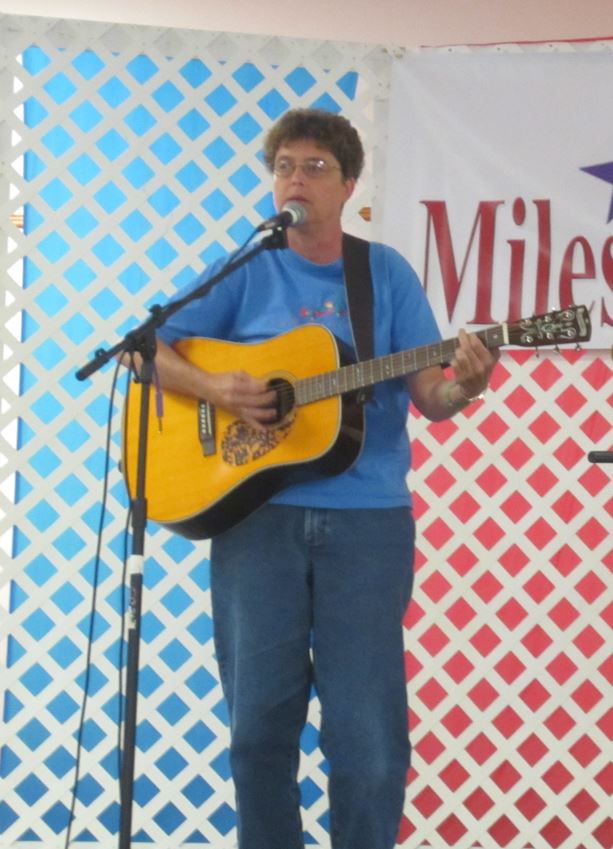
When Marlene isn’t working, she enjoys wood carving and playing Bluegrass music.
Marlene’s advice to new library staff is simple but profound: “Come to work and be loyal to your employer. They are investing in you, and you need to do the same. Work hard every day, and help people along the way, whether it is a co-worker or patron. Find something good in each day, even if it feels like the worst day ever. Sometimes you must think a lot harder about finding that good thing for the day, but it is there.” In her farewell message, Marlene expresses deep gratitude to the library and the community. “It’s been a great career at the library, and I am so thankful to be able to help serve the community, even though it was mostly behind the scenes,” she says. “The community is a great place to live with plenty of activities to participate in. It was a big city for me to move to when I first came here.” Reflecting on her journey from a small town with gravel streets and no library, she acknowledges the significance of her chosen path. “I just want to thank Manhattan Public Library and the community for letting me share 43 years of my life here! Some of the best memories took place in those 43 years, and I’m so glad to have been a part of it!”
As Marlene Moormann closes this chapter, the Manhattan Public Library and the entire community extend their deepest gratitude for her 43 years of unwavering service, her dedication to the written word, and the countless lives she has touched. We wish her a retirement filled with joy, music, and the open road.
Enjoy a sample of Marlene’s musical talents here with this clip of her and her band.


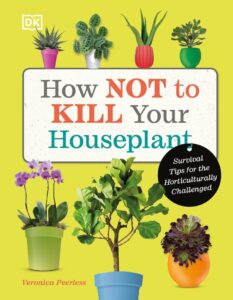 The grass is beginning to turn green, the temperature is getting warmer, and the birds are singing. Spring has sprung. As we creep into April, the ground starts to unfreeze and becomes the perfect place to plant your favorite fruits, vegetables, and flowers. With the arrival of spring comes the perfect time to start planting a garden. Are you new to gardening and unsure of where to start, or are you a seasoned gardener looking to learn more for this year’s garden? With
The grass is beginning to turn green, the temperature is getting warmer, and the birds are singing. Spring has sprung. As we creep into April, the ground starts to unfreeze and becomes the perfect place to plant your favorite fruits, vegetables, and flowers. With the arrival of spring comes the perfect time to start planting a garden. Are you new to gardening and unsure of where to start, or are you a seasoned gardener looking to learn more for this year’s garden? With 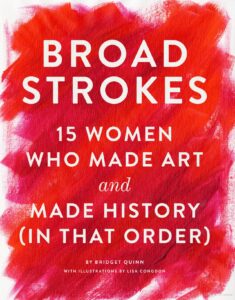
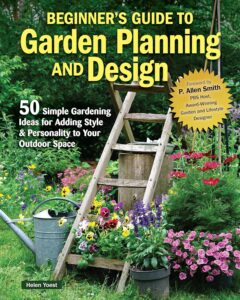
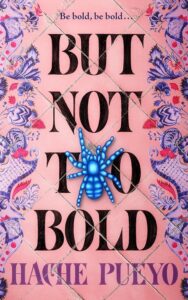 It’s cold. Like the arctic cold. Bone-deep cold, as my grandfather used to say.
It’s cold. Like the arctic cold. Bone-deep cold, as my grandfather used to say.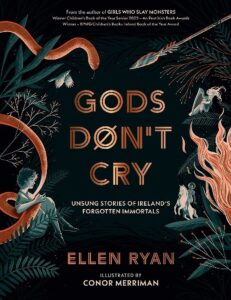 It’s almost 2025; when you read this, it will be. The new year is an encouragement to make change, pick up new habits, new hobbies, be a better version of yourself, and for some to grow through and over trauma. For others, the new year is a reason to celebrate with friends, partake in excess, and perhaps enjoy a kiss at midnight. This librarian sees it as a chance to learn from what has happened and move on. To start planning the January birthday parties and the summer vacation travels, to make realistic goals and snuggle my kiddos a little closer. To be a better version of myself, not a new version, and to fill my to-be -read list (TBR) with new books!
It’s almost 2025; when you read this, it will be. The new year is an encouragement to make change, pick up new habits, new hobbies, be a better version of yourself, and for some to grow through and over trauma. For others, the new year is a reason to celebrate with friends, partake in excess, and perhaps enjoy a kiss at midnight. This librarian sees it as a chance to learn from what has happened and move on. To start planning the January birthday parties and the summer vacation travels, to make realistic goals and snuggle my kiddos a little closer. To be a better version of myself, not a new version, and to fill my to-be -read list (TBR) with new books!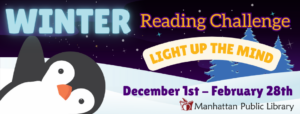 The cold weather has me wanting to curl up with a hot beverage and read a book, or ten. While I normally will do this without needing any reward, we at Manhattan Public Library do want to reward you for your winter reading! If you haven’t already, head on over to our reading challenges webpage at
The cold weather has me wanting to curl up with a hot beverage and read a book, or ten. While I normally will do this without needing any reward, we at Manhattan Public Library do want to reward you for your winter reading! If you haven’t already, head on over to our reading challenges webpage at 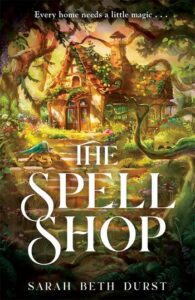 The turkey and pumpkin pie have been consumed, the Black Friday deals stashed away, and the in-laws are returning home. No matter how you spent your Thanksgiving, it’s been a busy week. After swinging between gratitude, greed, and people-pleasing, I know I’ll need a break. And what better way to relax and recuperate than with a cozy book?
The turkey and pumpkin pie have been consumed, the Black Friday deals stashed away, and the in-laws are returning home. No matter how you spent your Thanksgiving, it’s been a busy week. After swinging between gratitude, greed, and people-pleasing, I know I’ll need a break. And what better way to relax and recuperate than with a cozy book?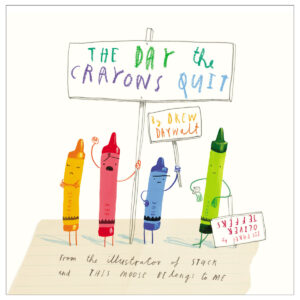 English was always one of my favorite subjects. But when it came to learning literary terms, I lost interest quickly. College entry tests included them, so unfortunately, they were a necessity. I dragged my feet through it. The way we teach things plays a huge impact in whether the information taught will be absorbed. Using picture books to teach presents the material in both a fun and accessible way. Picture books can teach literary devices and terms in a way that makes learning them both quick and enjoyable. Here are a few fun reads from the children’s section at our library.
English was always one of my favorite subjects. But when it came to learning literary terms, I lost interest quickly. College entry tests included them, so unfortunately, they were a necessity. I dragged my feet through it. The way we teach things plays a huge impact in whether the information taught will be absorbed. Using picture books to teach presents the material in both a fun and accessible way. Picture books can teach literary devices and terms in a way that makes learning them both quick and enjoyable. Here are a few fun reads from the children’s section at our library.